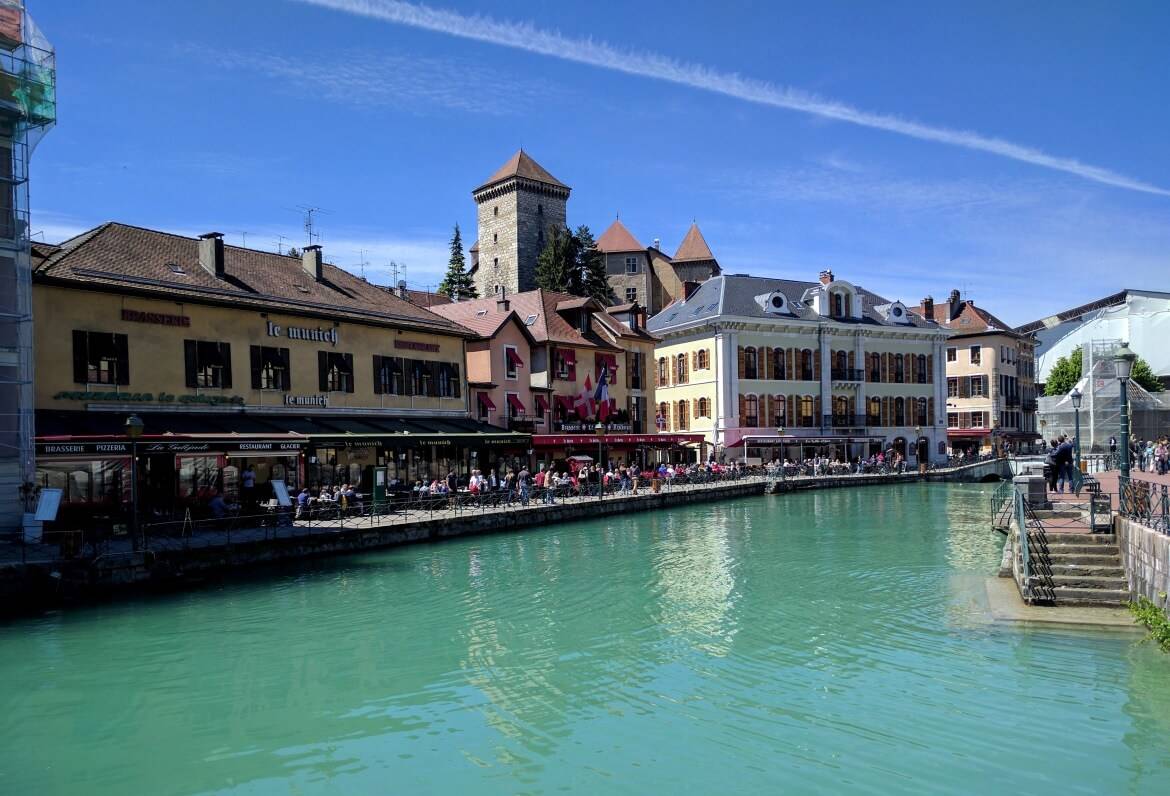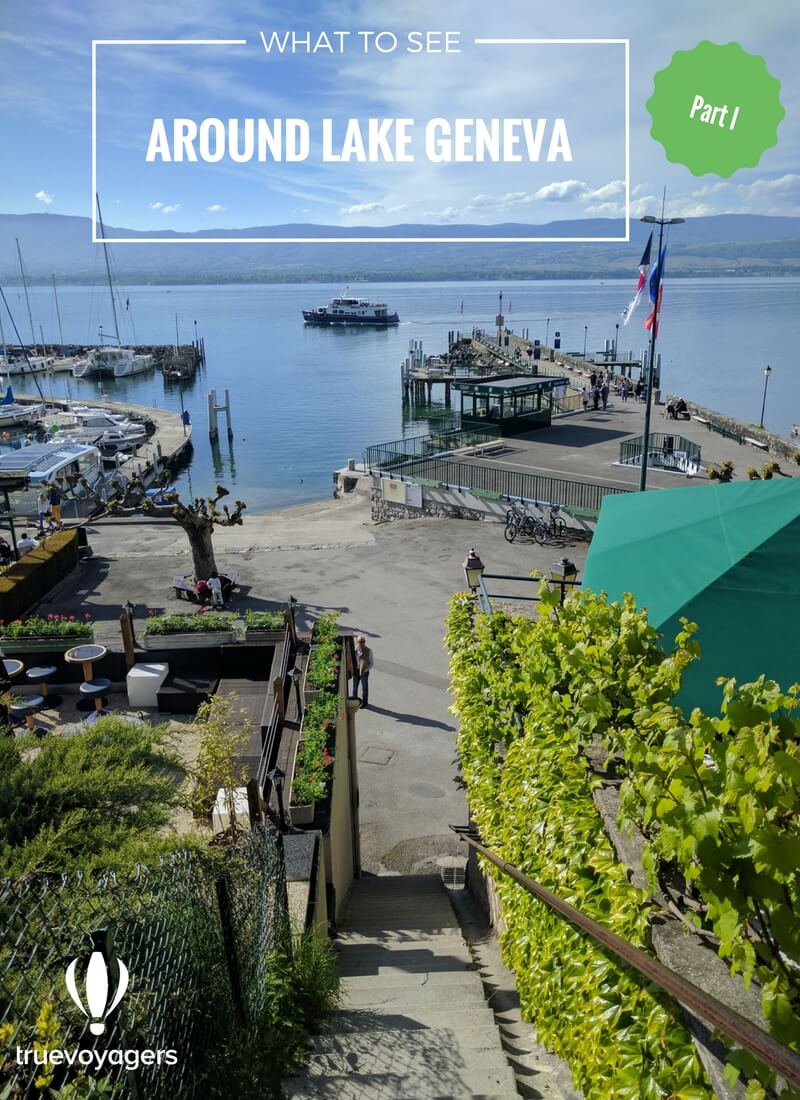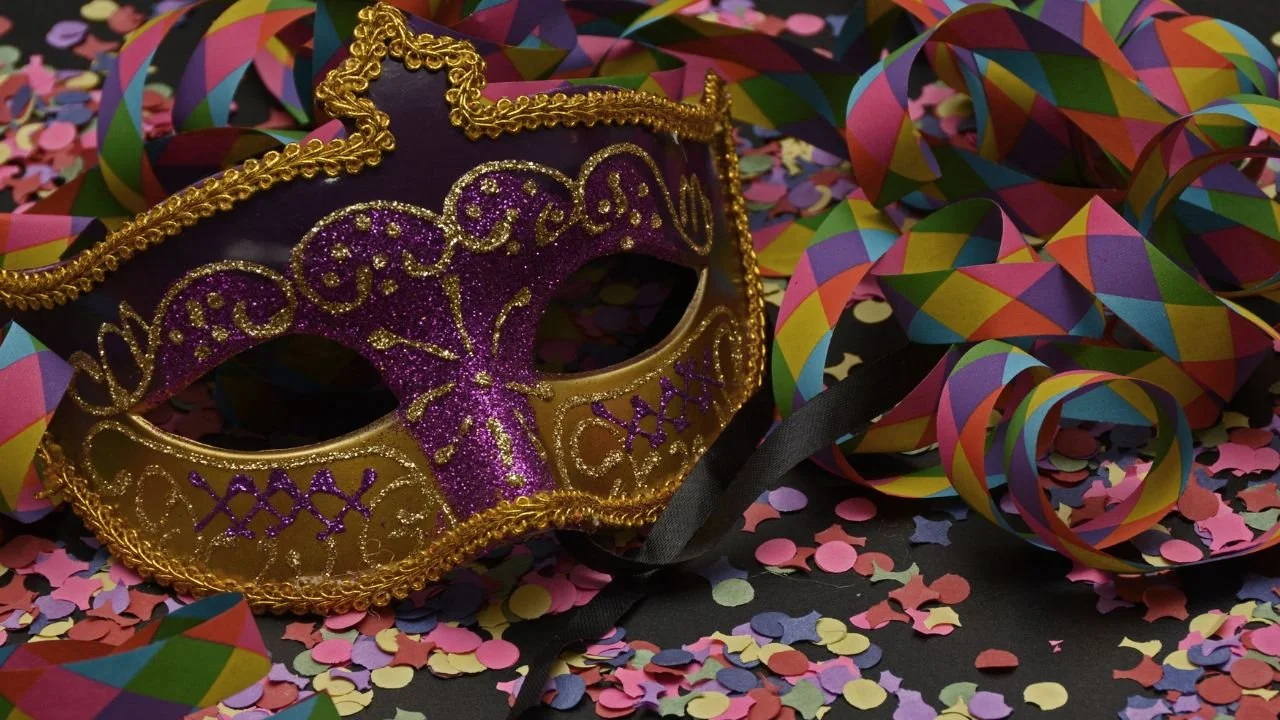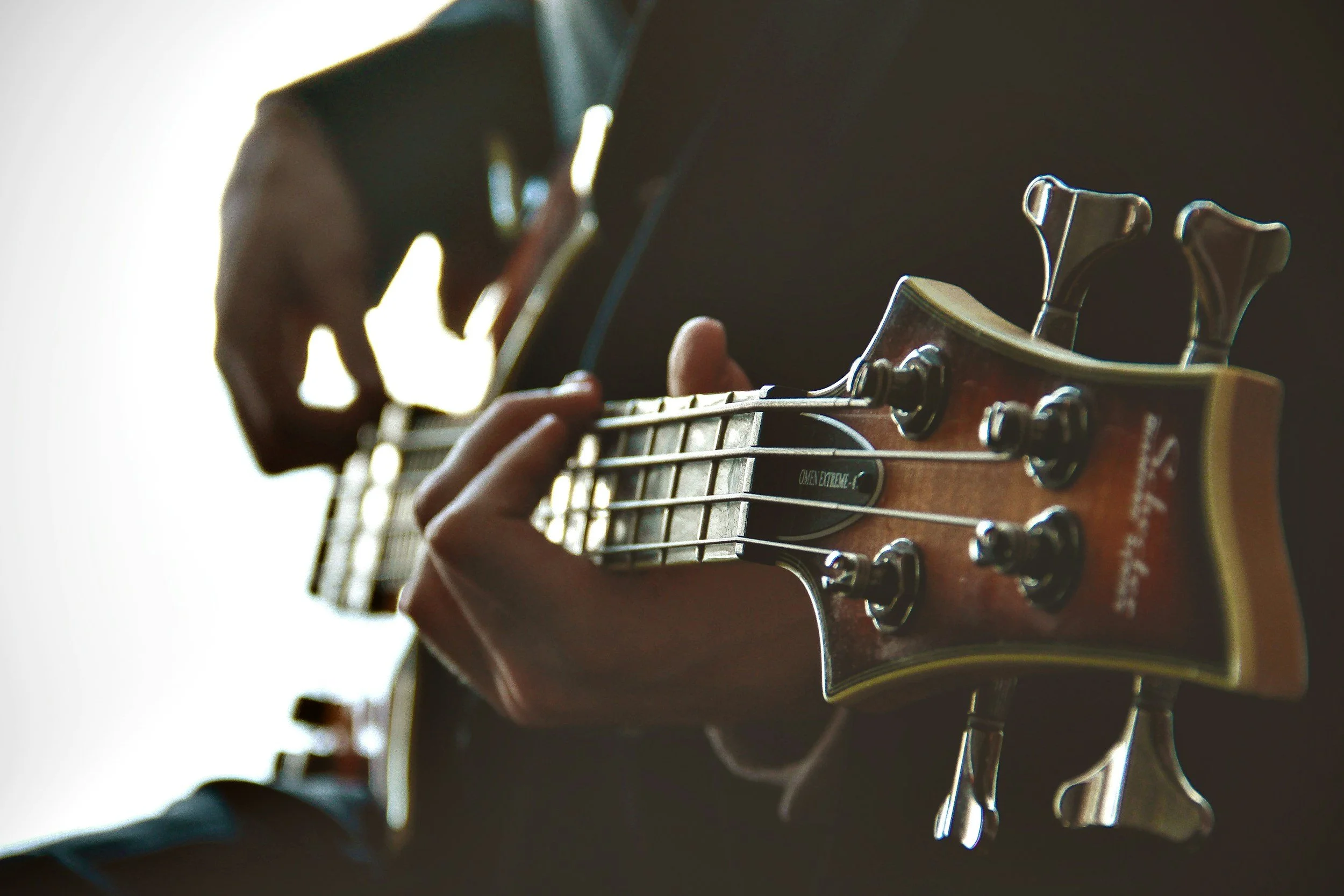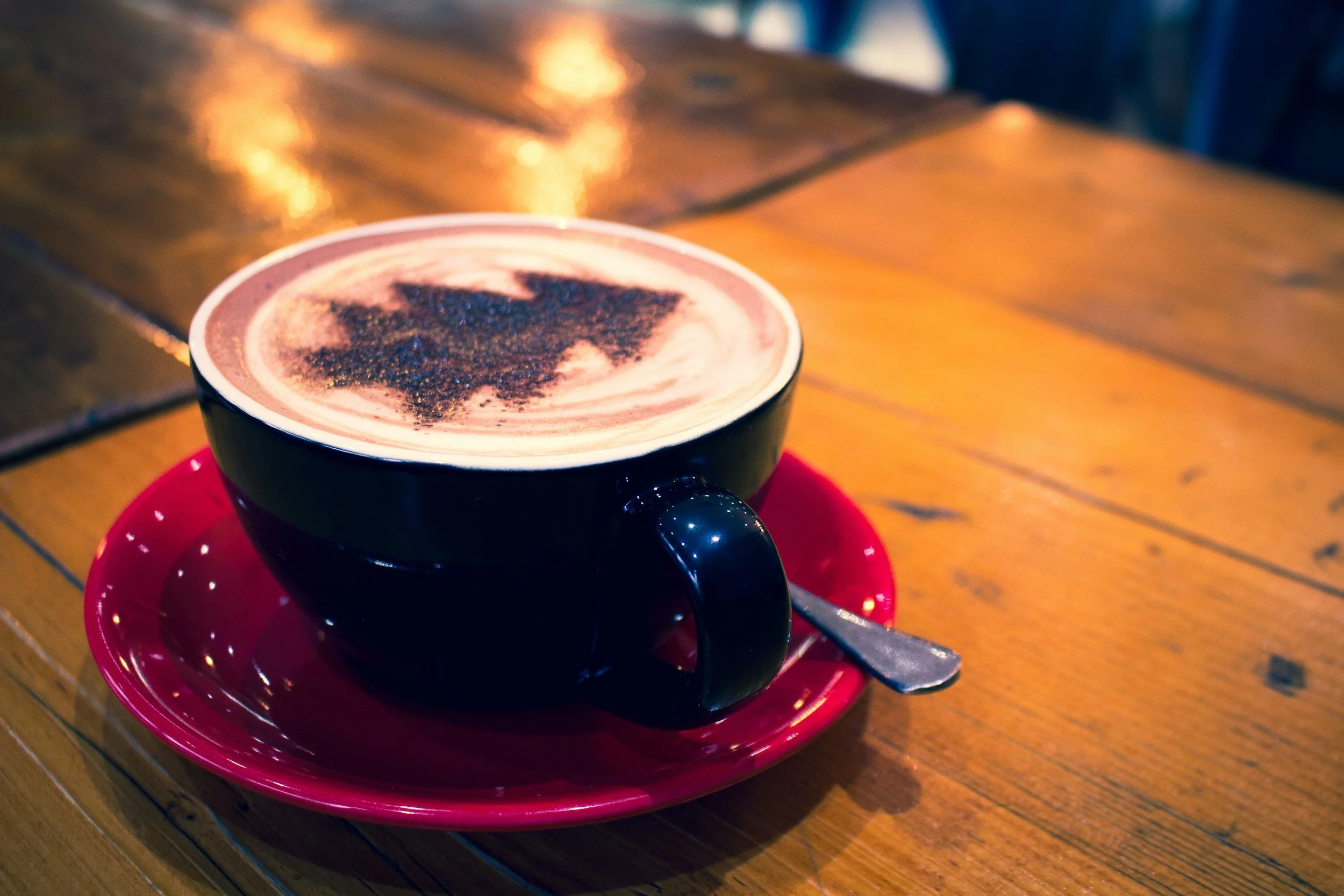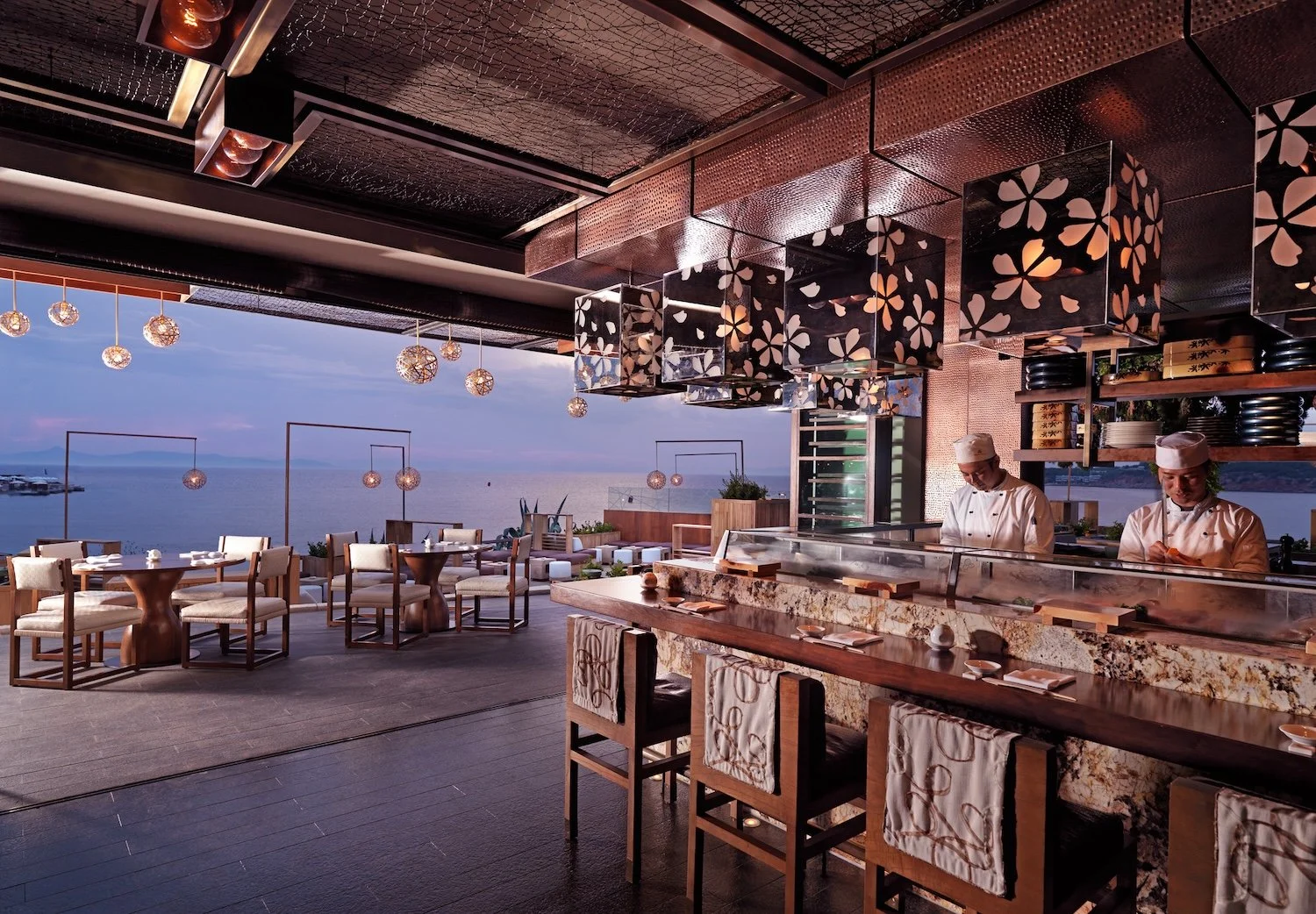Around Lake Geneva: What to See - Part I
Lake Geneva or Lake Leman belongs to two beautiful European countries, France and Switzerland. Around Lake Geneva, there are many villages and cities waiting for you to visit them and discover their hidden secrets. We toured the lake and we are eager to share our experience with you together with some useful tips!
Day 1: Geneva City Tour
We decided to start our tour from the largest city, located on the west side of the lake, the multicultural and cosmopolitan Geneva. Our flight with Aegean from Athens lasted only 2,5 hours and landed on a rainy morning.
How to get from the airport to Geneva city
Reaching the city is super-easy given that at the baggage claim section of Geneva airport you will find machines that provide free train tickets to the city for all visitors. And yes, they were totally free! Trains are quite frequent and the city is just one stop away from the airport. We arrived at Geneva’s central station (Gare Cornavin) and we walked towards the lake in order to admire Jet d’eau, the famous and remarkable symbol of the city and one of the tallest fountains in the world, located inside the lake.
By the lake, you will also see the Brunswick monument, a mausoleum built in 1879 in Geneva, to commemorate the life of Charles II, Duke of Brunswick. He bequeathed his fortune to the city of Geneva in exchange for a monument to be built in his name, specifying that it would be a replica of the Scaliger Tombs in Verona.
Getting lost in the picturesque old town
Just above the lake, you can get lost in the old town’s small streets, admire the beautiful architecture and enjoy a nice cup of coffee, or even better the famous Swiss hot chocolate. After a short break, we headed towards the city’s biggest church, St. Pierre’s cathedral. North and South Towers are available for visitors for outstanding views over Geneva. Unfortunately, due to the rain and fog in the area, we did not climb up the towers, given that the shots would not be satisfying. Instead of that, we took the stairs down and continued our walk through the city and towards Parc des Bastions.
Inside the park, you will have the opportunity to see the Reformation wall, depicting the great leaders of the Christian Reformation, William Farel, John Calvin, Theodore Beza and John Knox. You will also be able to play chess on huge black and white boards!
Visiting the UN headquarters
Our last stop included the United Nations headquarters. The United Nations Office at Geneva (UNOG) is the second largest United Nations center after the Headquarters in New York. UNOG is housed in the Palais des Nations, an outstanding testimony to twentieth-century architecture, situated in a beautiful park overlooking Lake Geneva, with a splendid view of the Alps and, on a clear day, Mont Blanc.
Right opposite the building, there is a huge three-legged chair, constructed of 5.5 tons of wood. The Broken Chair was designed by artist Daniel Berset and it symbolizes the opposition to land mines and cluster bombs.
It was time we ended our short visit in Geneva and get back to the airport in order to get our car and start the real adventure! Our home for the night was a pretty French apartment, booked at AirBnb at Thonon le-bains. Thonon is a small town just 35 km from Geneva and it was the perfect spot/base for the exploration of the French side of the lake.
Day 2: Annecy and Yvoire, two of the most beautiful towns of France
Annecy, the Venice of the Alps
The weather in the southern part of the lake was amazing and we decided to set out early in order to visit the Venice of the Alps, Annecy.
Even though it is not part of the towns around the lake, it was so close to Thonon that it would be such a pity not to visit it. Just one hour driving away, Annecy offers so many opportunities for strolls right next to its canals, water sports in its lake or just sunbathing in its parks.
I cannot describe how awesome a town may look in spring, especially if it is by the water and has so many flowers everywhere! Picturesque buildings and houses covered in green were ideal subjects for our shots. Do not leave the town before you take a picture on Lovers' bridge, where according to the legend, lovers who kiss in the middle of the bridge will be together forever!
Last stop before we move on to Yvoire was Chateau d’ Annecy, a restored castle, historic monument and nowadays a museum. As the castle is higher above the old town, it is also a perfect spot to capture bird-eye view images of the whole town.
Yvoire, a medieval village lost in time
We are back to the lake shore and we are ready to go back in time and more particularly in the medieval era. Yvoire was as cute as we thought it would be and ideal for an afternoon walk.
You can literally walk from one side of the village to the other in minutes, but within this distance, there are so many beautiful things to see that you will stroll for hours. The village definitely deserves to be among the most beautiful villages of France (les plus beaux villages de France association).
From the picture-perfect gardens to the magnificent promenade by the lake, the village transfers you to another world with less stress, more flowers and more delicious French cheese! Buy some souvenirs to remember your visit and enjoy a glass of wine next to the lake or at its main square.
Evian-les-bains, the place where water is the “star”
Just right we call it a day, we did one last stop at the French side of lake Leman, at Evian-les-bains. Worldwide renowned for the mineral water “Evian”, the spa town features Cachat spring.
The Cachat spring – formerly known as the Saint Catherine Fountain, is the most famous out of the many natural sources in Evian. Built in 1903, at the same time as the pump room opposite, the spring runs all year at a constant temperature of 11.6 degrees Celsius. We did not realize that this one was the most famous spring in the town, until we saw several people parking their cars and filling dozens of empty bottles with spring’s water.
According to the story, back in 1789 and during a walk, the Marquis of Lessert drank water from the Sainte Catherine spring on the land of a M. Cachat. The marquis, who was allegedly suffering from kidney and liver problems, claimed that the water from the spring cured his ailments. I guess that a lot of people continue to believe in the healing powers of the water and that’s why the area was so busy at that time!
This is the end of Day 2. Stay tuned for the next part of our tour on the Swiss side of the lake!
Did you like our post? Pin it!
Share with us your experience around Lake Geneva!
*All photos are captured by Truevoyagers.










